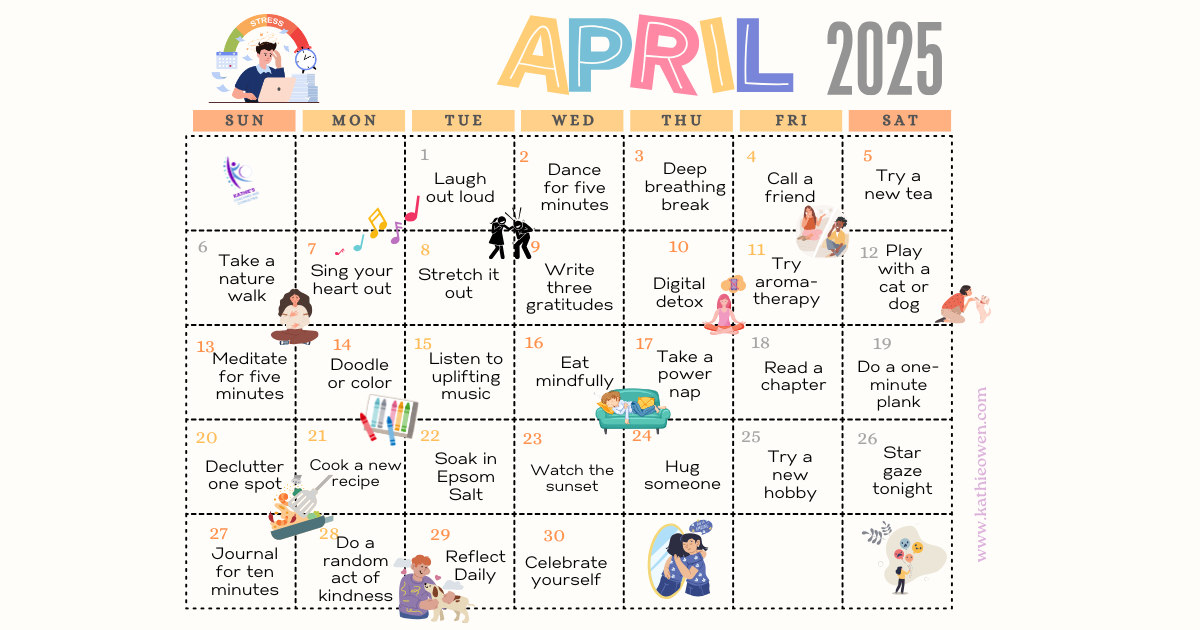The Power of Simplicity: Understanding the Deeper Meaning Behind the "Is That So?" Zen Story
In the realm of Zen teachings, the power of simplicity is often emphasized. And one story that encapsulates this idea beautifully is "Is That So?" Zen story. This deceptively simple tale has been passed down through generations, captivating minds with its profound wisdom and thought-provoking message.
In our article, we dive deep into the meaning behind this story, uncovering its layers of significance and how it relates to the human experience. By understanding the essence of "Is That So?", we can gain valuable insights into the nature of reality, acceptance, and the power of perception.
Join us as we explore the hidden symbolism behind each dialogue exchange, delving into the lessons it imparts. From the power of a simple question to the art of living in the present moment, this Zen story teaches us to cultivate mindfulness and embrace life's uncertainties with equanimity. Prepare to be enlightened as you embark on a journey of self-reflection and discovery, unraveling the profound teachings of the "Is That So?" Zen story.
Is That So? Zen Master Story
There is a story about a Zen Master named Hakuin who lived in a town in Japan. He was held in high regard and many people came to him for spiritual teaching.
Then it happened that the teenage daughter of his next-door neighbor became pregnant. When being questioned by her angry and scolding parents as to the identity of the father, she finally told them that the father was Hakuin, the Zen Master.
In great anger, the parents rushed over to Hakuin and told him with much shouting and accusing that their daughter had confessed that he was the father. All that he replied was, “Is that so?”
News of the scandal spread throughout the town and beyond and the Master lost his reputation. This did not trouble him. Nobody came to see him anymore. He remained unmoved.
When the child was born, the parents brought the baby to Hakuin saying, “You are the father, so you look after him.” The Master took loving care of the child.
A year later, the mother remorsefully confessed to her parents that the real father of the child was the young man who worked at the butcher shop.
In great distress, they went to see Hakuin to apologize and ask forgiveness. “We are really sorry. We have come to take the baby back. Our daughter confessed that you are not the father.”
“Is that so?” is all Hakuin would say as handed the baby over to them.
The Master responds to falsehood and truths, bad news and good news, in exactly the same way: “Is that so?”
The simplicity of the story
The "Is That So?" Zen story traces its origins back to ancient China, where Zen Buddhism flourished. Zen, with its emphasis on direct experience and intuitive understanding, sought to transcend the limitations of words and concepts. This particular story emerged as a means to convey the essence of Zen teachings in a simple and relatable manner.
The story revolves around an interaction between a Zen master and an experience, highlighting the power of simplicity in conveying profound truths. While the exact origins of the story are unclear, its impact and resonance throughout the centuries are undeniable. It serves as a reminder that profound insights can often be found in the simplest of stories.
Symbolism and deeper meaning behind the story
At first glance, the "Is That So?" Zen story may appear straightforward and unassuming. It consists of just a few lines of dialogue, devoid of elaborate descriptions or intricate plotlines. Yet, it is precisely this simplicity that makes the story so powerful. In a world filled with complexity and noise, the story's brevity acts as a clarion call to strip away unnecessary distractions and focus on the essence of the message.
It invites us to pause, reflect, and contemplate the deeper meaning behind the seemingly mundane. By embracing simplicity, we open ourselves up to a richer and more profound understanding of life.
The role of questioning in Zen philosophy
While the "Is That So?" Zen story may be short, it is rich in symbolism and deeper meaning. Each dialogue exchange carries layers of significance, inviting us to explore the profound teachings embedded within.
The story begins with the Zen master himself being confronted by someone in the community who accuses him (falsely) of impregnating the young girl. And the Zen master, who responds with a simple question, "Is that so?" This seemingly innocuous question serves as a catalyst for self-reflection, challenging the reader to examine the nature of reality and the assumptions they hold. Learn more about reality creation here.
As the story unfolds, the Zen master shares various events, both positive and negative, seeking validation or condemnation. However, the Zen master's response remains consistent: "Is that so?"
This response reflects an acceptance of the accuser without judgment or attachment. It encourages the reader, to transcend dualistic thinking and embrace the ever-changing nature of existence.
The story's deeper meaning lies in its invitation to embrace the present moment and let go of expectations and attachments. Now that is profound!!!
It teaches us to cultivate a state of non-judgmental awareness, where we observe life's experiences without clinging or aversion.
By doing so, we gain a deeper understanding of the interconnectedness of all things and the impermanence of our perceptions.
Applying the "Is That So?" story to daily life
Questioning plays a crucial role in Zen philosophy, and the "Is That So?" story exemplifies this beautifully. In Zen practice, questions are not meant to elicit factual answers but rather to provoke introspection and insight.
The Zen master's repeated question, "Is that so?", serves as a catalyst for self-inquiry. It challenges the reader to question their assumptions, beliefs, and interpretations of reality. By engaging in this process of questioning, the student begins to unravel the layers of conditioned thinking and opens themselves up to new possibilities and perspectives.
In Zen, questions are not posed to find definitive answers but to dissolve the barriers that separate us from direct experience. They serve as gateways to a deeper understanding of ourselves and the nature of reality. Through questioning, we cultivate a sense of curiosity and wonder, enabling us to navigate life with greater clarity and wisdom.
Lessons learned from the story
The wisdom of the "Is That So?" Zen story extends far beyond the realm of Zen practice. Its teachings can be applied to various aspects of our daily lives, guiding us toward a more mindful and fulfilling existence.
One of the key lessons from the story is the importance of embracing uncertainty. The Zen master's repeated question, "Is that so?", invites us to surrender our need for certainty and control. It teaches us to let go of our attachments to outcomes and embrace the present moment with equanimity.
By adopting a mindset of acceptance, we free ourselves from the burden of expectations and judgments. We learn to appreciate life's experiences as they unfold, without constantly seeking validation or condemnation. This shift in perspective allows us to cultivate a deeper sense of gratitude and contentment.
Furthermore, the story reminds us of the power of simplicity in our interactions with others. Just as the Zen master responds with a simple question, we can also learn to listen deeply and respond with presence and simplicity.
By doing so, we create space for genuine connection and understanding, fostering meaningful relationships and enriching our lives. Talk about profound!!!
Examples of simplicity in different aspects of life
The "Is That So?" Zen story imparts several valuable lessons that can profoundly impact our lives. Here are some of the key takeaways:
Embrace simplicity: The power of simplicity lies in its ability to cut through complexity and reveal profound truths. By simplifying our lives and focusing on what truly matters, we create space for clarity and inner peace.
Cultivate mindfulness: The story invites us to cultivate mindful awareness of the present moment. By observing our experiences without judgment or attachment, we develop a deeper understanding of ourselves and the world around us.
Embrace uncertainty: Life is inherently uncertain, and the story teaches us to embrace this uncertainty with openness and equanimity. By letting go of our attachments to outcomes, we free ourselves from unnecessary suffering and find greater peace.
Practice non-judgment: The Zen master's repeated question, "Is that so?", teaches us to let go of our judgments and accept life's experiences as they are. By practicing non-judgment, we create space for compassion and understanding.
Foster genuine connections: The story reminds us of the power of simplicity in our interactions with others. By listening deeply and responding with presence, we foster genuine connections and enrich our relationships.
Embracing simplicity in a complex world
The power of simplicity extends beyond the realm of Zen philosophy. It can be found in various aspects of life, from art and design to personal relationships and daily routines.
In art and design, simplicity is often revered for its ability to convey meaning and evoke emotions with minimalistic elements. From minimalist paintings to sleek product designs, simplicity captivates our attention and allows us to engage with the essence of the work.
In personal relationships, simplicity manifests as genuine gestures of love and kindness. A heartfelt smile, a warm embrace, or a simple act of listening can often have a more profound impact than grand gestures. By embracing simplicity in our relationships, we create space for authenticity and connection.
Even in our daily routines, simplicity can bring a sense of calm and balance. From decluttering our physical spaces to streamlining our schedules, simplifying our lives allows us to focus on what truly matters and reduces unnecessary stress and overwhelm.
Conclusion:
The transformative power of simplicity in our lives. In a world filled with complexity and constant stimulation, embracing simplicity can be a transformative practice. By intentionally seeking out moments of simplicity and cultivating a mindset of presence, we can find solace amidst the chaos.
Here are some practical ways to embrace simplicity in a complex world:
Simplify your surroundings: Declutter your physical space and create an environment that promotes calm and clarity. Surround yourself with only the things that bring you joy and serve a purpose.
Streamline your schedule: Take a close look at your commitments and prioritize the activities that align with your values and bring you fulfillment. Learn to say no to unnecessary obligations and create space for rest and rejuvenation.
Practice mindfulness: Cultivate a daily mindfulness practice, such as meditation or mindful breathing. By bringing your attention to the present moment, you can cultivate a sense of calm and clarity amidst the busyness of life.
Engage in digital detoxes: Take regular breaks from technology and social media to create space for reflection and connection with the present moment. Set boundaries around your digital usage and prioritize real-life interactions.
Cultivate gratitude: Focus on the simple joys and blessings in your life. Take time each day to express gratitude for the small moments of beauty and abundance. By embracing simplicity in our daily lives, we can find greater peace, clarity, and fulfillment amidst the complexities of the modern world.
Kathie’s Bonus Notes
I first read this story in a book called “A New Earth” by Eckhart Tolle in 2006. This book dramatically changed my life.
Please feel free to share this post using the share buttons on the side or down below! Thank you!
Watch the video Kathie did in 2020 here ->
Note from Kathie: This is not suppression or repressing thoughts of healing. Healing is a process and takes time. This is simply letting go of what the ego sees as having things a certain way. Healing happens.





















A leadership coach shares her personal journey of being fired for speaking up against toxic workplace culture, drawing parallels with Ted Lasso's themes of authentic leadership and courage. Her story illustrates how challenging systemic dysfunction often comes at a cost—but leads to greater freedom. #WorkplaceCulture #Leadership #TedLasso #ToxicWorkplace #CareerGrowth